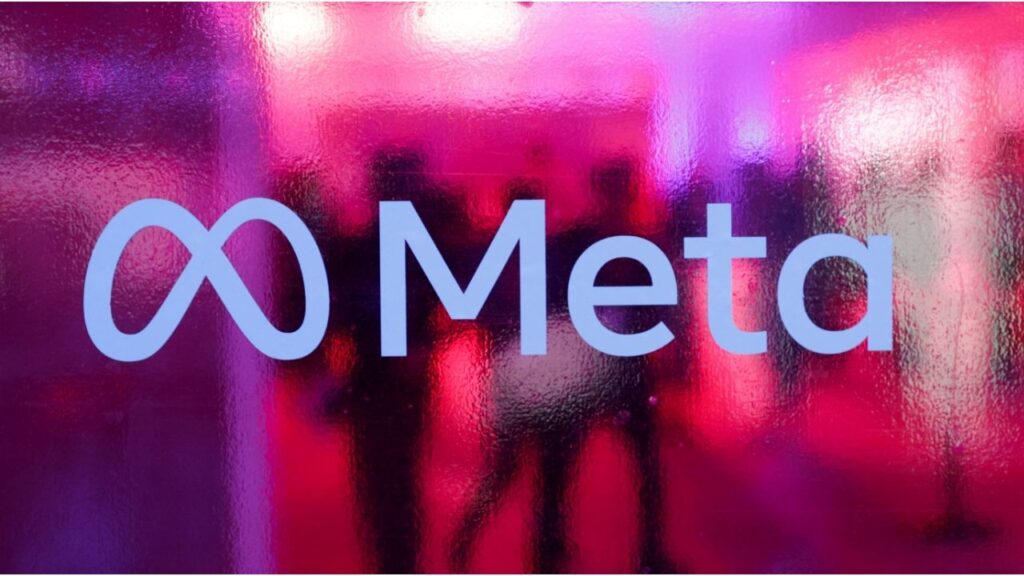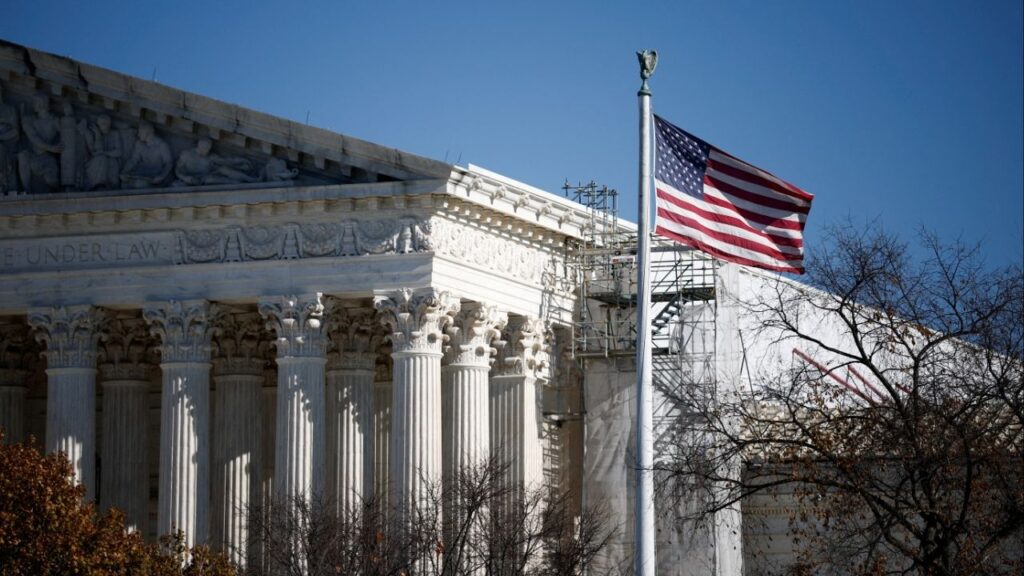Electric vehicle maker Fisker faces financial challenges amidst market and macroeconomic headwinds. (AP File)

- The company's estimated assets are between $500 million and $1 billion.
- Fisker is the second automotive venture led by Henrik Fisker to fail.
- Electric vehicle sales have slowed due to lack of infrastructure and rising inflation.
Share
|
Getting your Trinity Audio player ready...
|
Electric vehicle maker Fisker filed for Chapter 11 bankruptcy protection, the second electric startup to do so in the last year as even industry leaders struggle to lure more buyers beyond the early adapters of the technology.
Fisker Group Inc. said in a filing with the U.S. Bankruptcy Court in Delaware that its estimated assets are between $500 million and $1 billion. It estimated liabilities are between $100 million and $500 million, with between 200 and 999 creditors.
Related Story: Skyrocketing PG&E Rates Put the Squeeze on EV Owners
Challenges in the Electric Vehicle Industry
“Like other companies in the electric vehicle industry, we have faced various market and macroeconomic headwinds that have impacted our ability to operate efficiently,” the company said in a prepared statement late Monday. “After evaluating all options for our business, we determined that proceeding with a sale of our assets under Chapter 11 is the most viable path forward for the company.”
The 7-year-old electric car company was founded by designer Henrik Fisker, who has been its chairman and CEO. He designed the company’s 2022 Ocean all electric SUV as well as the luxury plug-in hybrid Karma that was launched in 2011. Fisker is also known for leading the development of the BMW Z8 sports car.
Related Story: More US Auto Buyers Are Turning to Hybrids as Sales of Electric Vehicles Slow
Second Failure for Henrik Fisker
It is the second automotive venture led by Henrik Fisker to fail.
Fisker, based in Manhattan Beach, California, and other startups like Lordstown Motors Corp., sought to take on industry leaders like Tesla, and big automakers in Detroit, which have entered the market aggressively.
However, EV sales have slowed as manufacturers have attempted to push electric vehicles into the mainstream. Those sales have been curbed both by a lack of infrastructure, as well as rising inflation that have made taking on car loans more expensive.
Related Story: Tesla Recalls Nearly All Vehicles Sold in US to Fix System That Monitors ...
Slow Growth in Electric Vehicle Sales
Electric vehicles grew only 3.3% to nearly 270,000 during the first three months of this year, far below the 47% growth that fueled record sales and a 7.6% market share last year, according to J.D. Power. The slowdown, led by Tesla, confirms automakers’ fears that they moved too quickly to pursue EV buyers. The EV share of total U.S. sales fell to 7.15% in the first quarter.
That has led to huge price cuts and job cuts at leading companies like Tesla.
Another electric startup, Rivian, said this year that it was pausing construction of its $5 billion manufacturing plant in Georgia to speed production and save money.
Lordstown sought bankruptcy protection last summer, as it dealt with funding difficulties.
Henrik Fisker’s first attempt to start an electric car company came to an end in 2013 in bankruptcy. That collapse culminated a long downward spiral that began after Fisker received a $529 million loan commitment from the U.S. Department of Energy.
it was later learned that the U.S. Energy Department did not realize for four months that the flailing company, called Fisker Automotive Inc., had missed a crucial production target that was required as part of a half-billion dollar government loan. The mistake allowed Fisker to obtain an additional $32 million in government funding before the loan was suspended in June 2011.
Early this year Fisker Inc., the second attempt at an EV startup by Henrik Fisker, received a warning from the New York Stock Exchange after its stock dipped below $1. The company’s shares were not immediately delisted and Fisker said at the time that it planned to remain listed on the NYSE and was looking at all available options to regain compliance with NYSE’s continued listing standards.
Fisker Inc. and other U.S. subsidiaries, along with subsidiaries outside the U.S., are not currently included in the bankruptcy filing. Fisker says that it’s in advanced talks with financial stakeholders about debtor-in-possession financing and selling its assets.
RELATED TOPICS:
Categories

MAHA Activists Urge Trump to Fire His EPA Administrator

Meta Strikes Multiple AI Deals With News Publishers

















